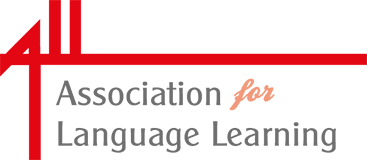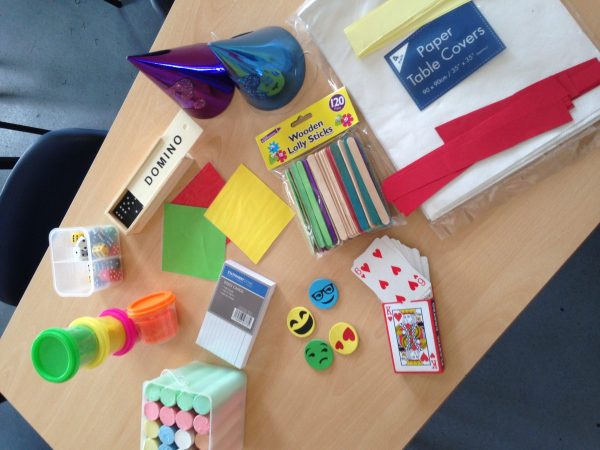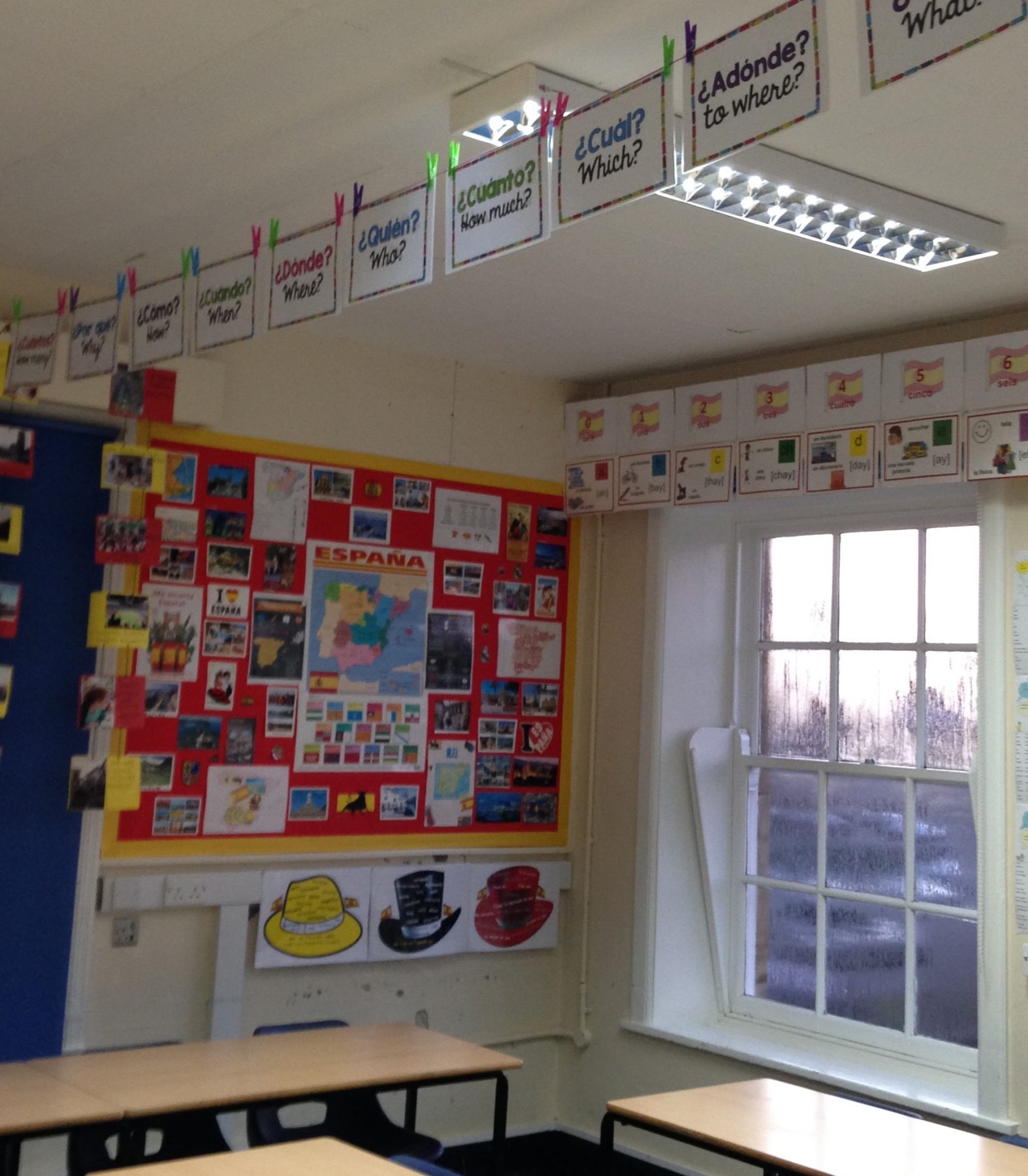Guest blog by Rebecca Harwood
At Christmas time our Teaching & Learning team give us all a #poundlandpedagogy present to use in a lesson and report back on. My first thought was a reluctant one – “great, more work” but this was quickly followed by a light bulb moment.
Since then, I am well and truly on the #poundlandpedagogy wagon and it seems to have reinvigorated my enthusiasm and inspiration. It may be because, hailing from Yorkshire, I love a bargain but really I think it’s because I am having fun at work again through these purse-friendly purchases. Here I round up 10 of my favourites (in no particular order), and what I did with them:
Games compendium
Dominoes and playing cards turned numeracy into a competition in my Year 7 lessons. The students had half a pack/deck each and took turns in turning one over each. The first person to give the sum in Spanish won the point. This was differentiated through changing the operation to multiply in order to practise higher order numbers. Some also stretched themselves by adding in a third and fourth card to tot up.
Party hats
This idea was stolen from my colleague Alison who used glitzy party hats to recognise class experts. We did extended writing for which I provided written feedback and chose my six experts for the following lesson. Whilst the class was responding to feedback, those six students circled the class and supported their peers. My Year 7 middle prior attainers loved this, my very able Year 8s not so much so it’s definitely not a case of a “one party hat fits all classes” approach.
Year 11 put together a 130-150 word writing exam response in groups of three. The student with the party hat was the “dictator” with the other two students acting as scribe and proof-reader. Each student had a go at all three roles within the time allocated. Hopefully, the students will then put all three of those proverbial hats on in their upcoming exam!
Plasticine
This was my #poundlandpedagogy gift in 2016 and was used to review free time vocabulary with Year 8 as a Cranium-style challenge. They had to create a Plasticine representation of the activity and write an English translation of the target language I provided. Year 10 used it as part of a listening activity in which they built a monster revising body parts, numbers, and plurals from my target language instructions.
Washing line and pegs
Easy one! I used it to hang up the Super 7 verbs in the first and third person and key interrogatives for reference within lessons. They are well used and saved me replacing existing displays on my walls. Extended writing pieces on clothing (on clothes-shaped templates) will occupy the currently vacant space in the near future.
Snowballs
Another idea I’ve stolen but this time from my colleague Lindsey. My Year 9s are going to do a giant vocabulary snowball as an end-of-unit revision activity. For those of you who are unfamiliar with a vocabulary snowball, the first part is writing down as much vocab as possible from the unit in the target language. Then the fun part: the students scrunch the paper up and have a mini snowball fight in a bid to mix up the snowballs. The second round is where students “magpie” vocab from another snowball and also add on the vocab they are confident with. Cue, a second snowball fight. The third round is translating the vocab on the third snowball you encounter.
Emoji stickers
I used these to have students focus on getting opinions into written work, as it’s such a crucial part of the speaking and writing exams. I differentiated these by writing a number on the back of the sticker that is essentially the student’s word count for that sentence. The 20 word stickers really make them think about conjunctions, adverbs and justification of opinions and the 7/8 word stickers really made them think about the need to be concise within the constraints of a word limit. I have used these successfully with every year group but I’d suggest buying spares as they do love to keep their sticker as a souvenir of the lesson.
Dice
All MFL teachers have now heard of the “one dice, one pen” game, right? If you haven’t, buy yourself a set of dice and get cracking. It’s a great way of practising translation, conjugation, speedwriting, skim reading, knowledge about language (colour coding a range of lexical items in a text, for example) and much more. The possibilities are endless!
Jumbo chalk
I must admit, I haven’t used these yet as Mother Nature has forgotten to send spring sunshine and warmer temperatures our way in North Yorkshire, but I’d like to do some vocab building activities in the playground with these. I have a pack of different coloured chalks which will allow us to do activities relating to different word categories/topics/tenses etc.
Coloured paper
I used coloured paper as counters for a Connect 4 review activity, the grid for which I projected onto the IWB. I also (again stolen from Alison) used red and yellow strips of paper to create paper chains. Each strip had to have 10 pieces of vocab in the target language before it could be added to the chain. It was easily turned into an end-of-unit competition by giving out a prize for the longest word-chain.
Lolly sticks
The possibilities are endless with lolly sticks! From generating names at random for a “no hands up” approach to putting an infinitive on one end and a tense/subject pronoun at the other for conjugation purposes. I have also been using them as ‘Talk Tokens’ that students give back to me once they’ve contributed positively to the lesson. This worked a treat with some of my reluctant Year 8 boys, as they didn’t want to be left with any at the end of the lesson. I am also planning to use them as dictionary tokens – students are given a limited number of these each and have to trade them in for a look in the dictionary.
If you use or adapt any of these #poundlandpedagogy ideas or would like to share best practice please tweet about it and tag @ALL4language to let us know how they have enhanced your teaching!
Rebecca Harwood is Head of Languages at Selby High School in North Yorkshire. She teaches Spanish and is on Twitter as @gcseespanolshs.


